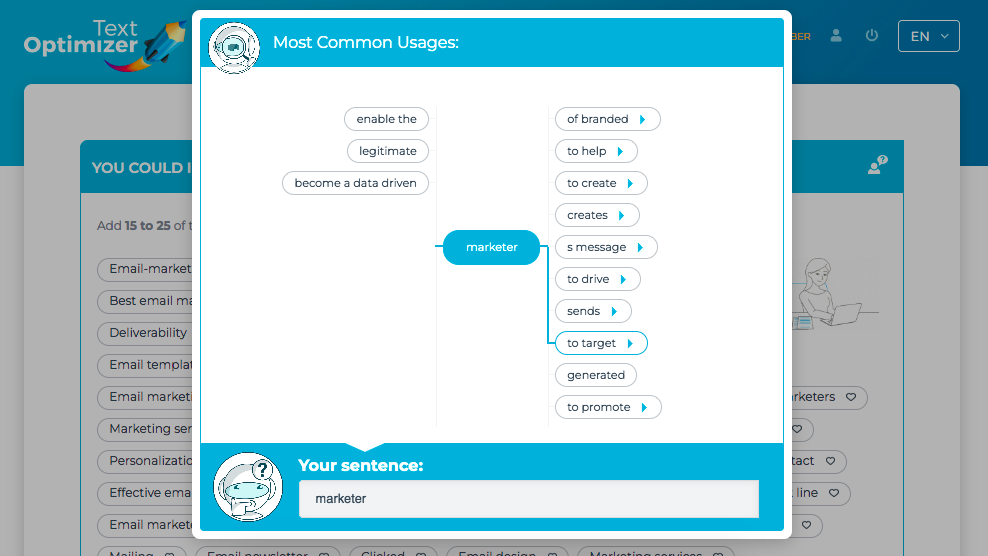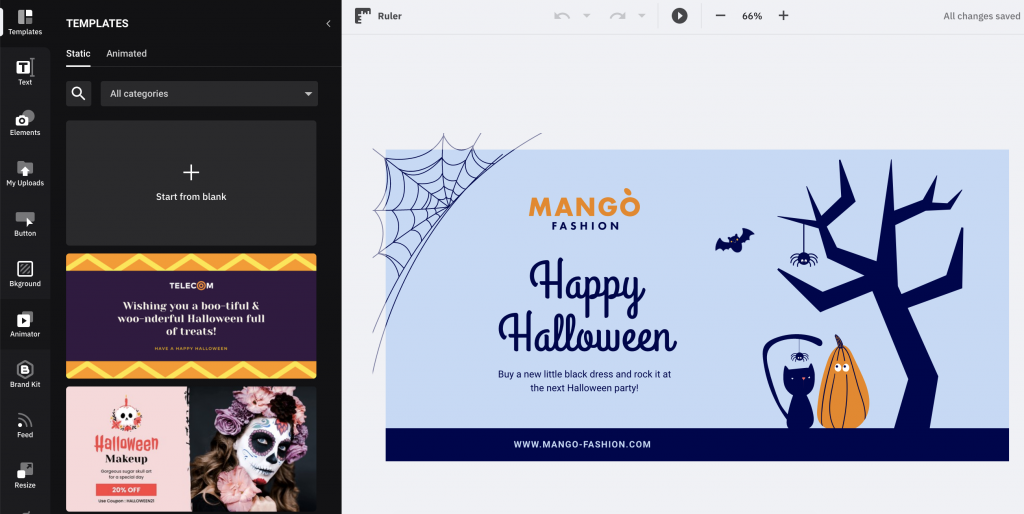Do you have a dedicated social media reporting app? If the answer is no, I have only one question for you: how are you getting through the day?!
Social media campaigns are no longer just a matter of posting links and offering news of specials. You need to really stand out, and that takes time, energy, and a ton of data. Not only for businesses, but just for blogs and personal brands as well. Without the proper information at your disposal, you don’t have a chance.
Social media platforms offer native analytics, which can be consolidated if you have a good link in bio tool but if you need to go deeper, these are the ten social media tracking and reporting apps you can’t afford to go another day without using.
SumAll
This isn’t just a social media dashboard, it is also an ecommerce monitoring tool. So if you want something more well rounded than analytics, it can be a great option for your business. it is all based around leads and conversions, unlike many other platforms that are purely about social growth.
The two pronged approach makes it an effective tool for using social media in the way it is best utilized: as a way to build a customer base, not just your clout online.
Agorapulse
Just need a simple (but good) social media manager? Agorapulse is compatible with three platforms: Twitter, Facebook, and Instagram. Which are going to be the three primary social networks for most businesses anyway, given their ever growing list of features aimed at companies.
You can get detailed reports, manage all messages from a single dashboard, and launch both contests and promotions customized to fit your needs. After the free trial pricing starts at $24 a month, with plans up to $199. But they also have three free tools: Facebook barometer, contest manager, and a Facebook Marketing University course.
Sprout Social
One of the bigger names in social media analytics, Sprout Social is a complete management software that can be compared to other giants like Hootsuite. Used by many major brands, such as Dove and UPS, it covers all your social bases from planning, to scheduling, to posting, to analyzing.
They have a smart inbox, live monitoring, tracking, social CRM, analytics, team collaboration, and other features you would expect from such a large scale dashboard. Pricing can be a bit steep, starting at $59 a month. But if you are running a branding campaign, it is worth it.
Cyfe
This is probably the most impressive tool to come out in a long time. Cyfe is a full business monitoring platform that aims to handle literally every possible avenue of your online engagement and tasks from a single service.
Cyfe can help you with social media, analytics, email marketing, sales, customer support, and infrastructure.
But what is more incredible is the price. The basic features are free, but you will want Premium. For $19 per month (or $14 if you pay annually), you get unlimited everything, and access to all of the monitoring software for what was listed above.
Social Report
Just want social tracking? Social Report is a great metrics tool that shows all of your social accounts in cross-platform reports that show you progress on all of your projects.
They also have team collaboration and backup tools, so you and your social team can track progress over time and make decisions accordingly. All of their plans also have wider web analytics, which can be helpful in giving you a fuller picture.
Hootsuite
Hootsuite is a mixed bag. On one hand, there is no denying it has become a powerhouse in analytics and social management. But it is also one of the more expensive, and the credit system it uses is annoying.
For example, you get some very basic reports as part of Pro, but others have to be purchased with credits that can only be bought in bulk, and so cost hundreds to replenish. Not really an option for small operations. The good thing about it is the many features it provides. Their tools are very in depth, so much so that they have dozens of webinars exploring what can be done on their platform.
Simply Measured
Simply Measured is usually mentioned on lists less for their premium features, and more for their free tools. They have a long list of them, and are also one of the few platforms that offers monitoring capabilities for Google Plus and Vine.
In fact, you can incorporate quite a lot of services in with their free tools, and end up with a great system without spending a penny. Which is good, because their premium tools start at $500 per month. They are a full social analytics and solutions company and tend to work with larger businesses as a result. If you can afford them, they are worth it. If not, their free tools are excellent.
Raven
Raven is the marketer’s ultimate tool. While it has plenty of analytics features, scheduling and more, it is much more focused on creating extensive and beautiful reports that show clients and bosses how things are progressing.
It is a social analytics tool made to make you, the marketer, look good. So while it is practice, it is also a bit of a job-justifier.
Tailwind
Pinterest has been pretty stingy on sharing their API. They don’t want a lot of competition for their analytics and marketing tools, which are frankly not good enough to stand on their own, yet.
Tailwind is the last standing Pinterest monitoring and marketing tool, and luckily it is a good one. It can also be integrated with Hootsuite using the third party app selection, so you can monitor it from there.
Keyhole
Most people who use Keyhole know it for its real time hashtag tracking. But it also has historical data, influencer identification, and a few other features that make it a great platform for Twitter campaigns.
They have short term campaigns available, which make it a unique monitoring tool, and attractive for special events like conventions that don’t need year round campaign management.
Have a tool that belongs on this list? Let us know in the comments!

